DRIVING QUESTION:
How can sport be adapted to include more people of varying abilities?
Project Overview:
Adapted Sport Unit
We began looking at “adapted sport” and how the rules or equipment used in sports or activities can be changed to enable people with varying abilities to participate physically, socially, and mentally in those games.
As the final presentation of the “Adapted Sport Unit” students are randomly given an activity or game (basketball, volleyball, capture the flag, cooperative games (dodgeball, solo, etc.), along with a specific population (paraplegics, amputees, elderly, visually impaired) that would benefit from some type of adaptation. Students then make changes to that activity that will make it inclusive, fun and fair for all involved.
Students will have several classes to develop their games, trial them, and receive feedback from peers in class, and then present them to an external population (another middle school class, secondary school class, university adapted sports class, elementary school class, or community members).
Through this project students will be able to build empathy for those with different abilities, be able to problem solve creatively, and become advocates for inclusion.
Year-Round Inclusion
With the wheelchairs, I would like to model what inclusion for different activities would look like throughout the year. During each class students would take turns experiencing being in a wheelchair while participating in our class activities.
Students, then, would write a reflection about their experience, outlining challenges, and how those challenges were overcome or could be overcome. These experiences would help students gain empathy for those with disabilities and help prepare them to be advocates for inclusion in sport.
Celebrations: Many of the students were able to flex their thinking about the variety of purposes of sport. Sports are not just about competition and winning, but can be about recreation and community building.
Another celebration was witnessing the joy of one of our students, who has a disability, when she came into class and there were several other students also in wheelchairs. She became much more active and vocal in her participation.Challenges: It was difficult for some to understand the idea of trying to simulate what it would be like to play a game with a physical disability. We did not have much of authentic audience this year, so without the students being able to see the actual abilities that our desired demographic has, some of our games would not have worked.
I would be to spend more time on appropriate language around people with disabilities, to help focus on what people can do as opposed to what they cannot do.
Product/Presentation:
- Students are randomly given an activity or game (basketball, volleyball, capture the flag, cooperative games (dodgeball, solo, etc.), along with a specific population (paraplegics, amputees, elderly, visually impaired) that would benefit from some type of adaptation. Students then make changes to that activity that will make it inclusive, fun, and fair for all involved.
How has this engaged students in ACS’ mission and vision?
Engaging Minds: By creatively finding solutions to help students with disabilities participate in physical activity.
Nurturing Hearts: By building empathy for students and people with different abilities through experiencing some of the challenges met by physical activities, so that they can be effective advocates for the inclusion of all people in sport.
Shaping God’s World: By providing students with the tools and desire to be advocates for those people that we might see as less advantaged. By allowing students the opportunity to engage in problem-solving and advocating for ways to adapt sport to be inclusive.
How has this learning experience served or connected to our community?
Sports are recreational activities that people bond over. Students will have the tools to come up with ideas of how to include more people of varying abilities into sports and activities. Those with disabilities should not be on the sidelines but can also connect with others through a sport. Our students will learn how to make games inclusive and fun for those that we might tend to ignore.
“Maybe other people will come to our school with a disability and love sports and want to play with us. We can change the game so we can all have fun together.”
“I don’t think I ever took into consideration how hard it is to play sports with a disability. I have a lot more respect for athletes with disabilities.”
“I used to think that there were many sports that people could do and many that they couldn’t. Now I see that anyone can do almost any sport.”
“Now I know that if I’m playing with people with disabilities or that are at a different level than me, that I can include them and try to make the game work for them.”
SAMPLE PROJECT FILES:
Please do not reproduce without prior permission. To make this request, please email us.
Adapted Sports Unit
Student Worksheet
Adapted Sport Student Reflection
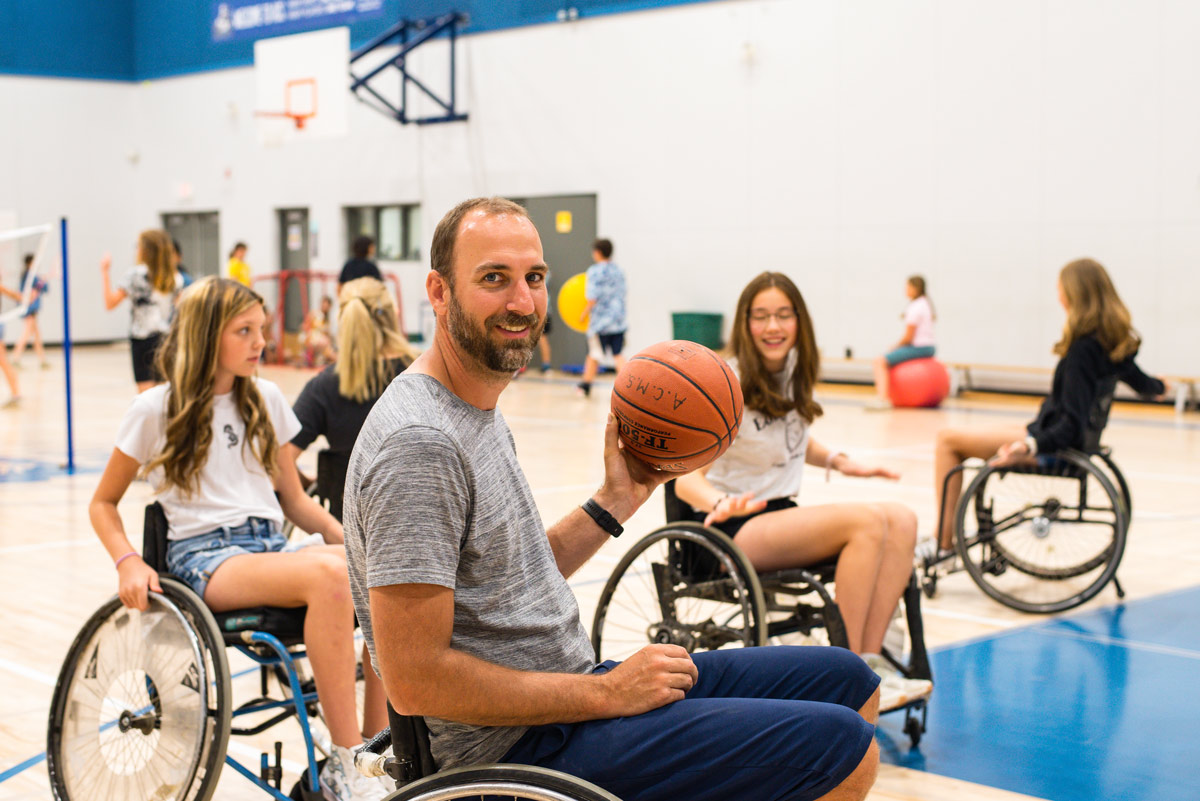
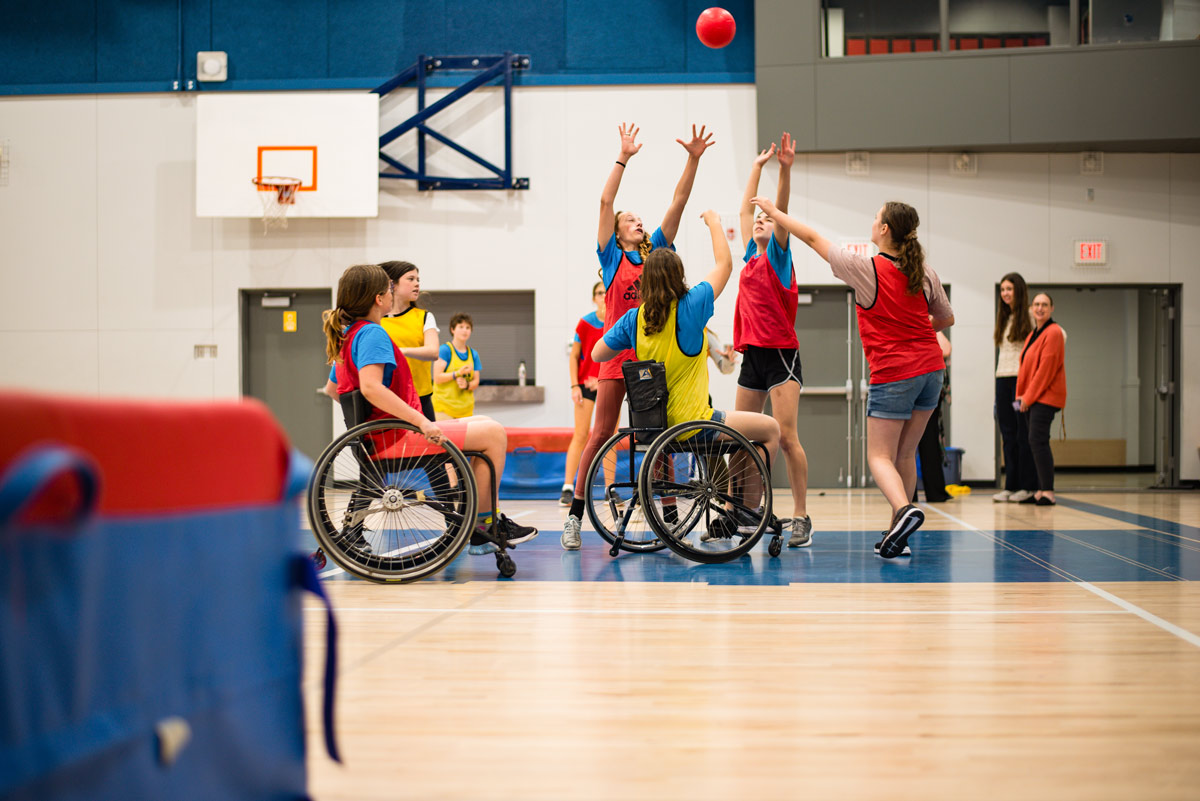


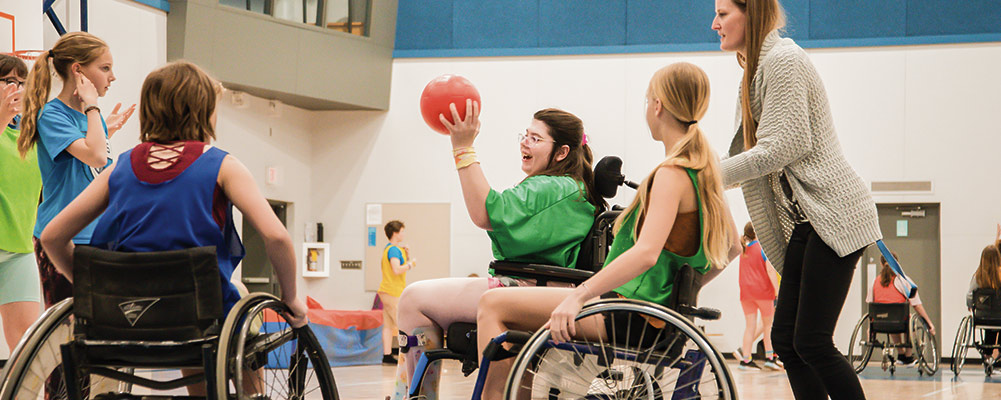

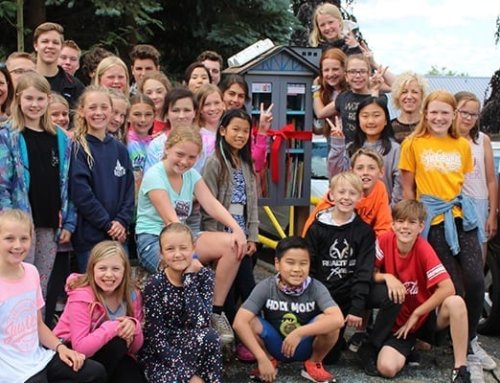
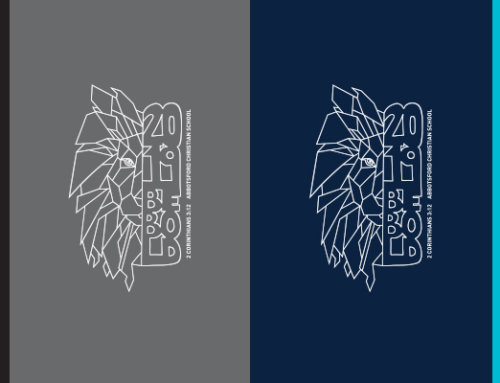
Leave A Comment